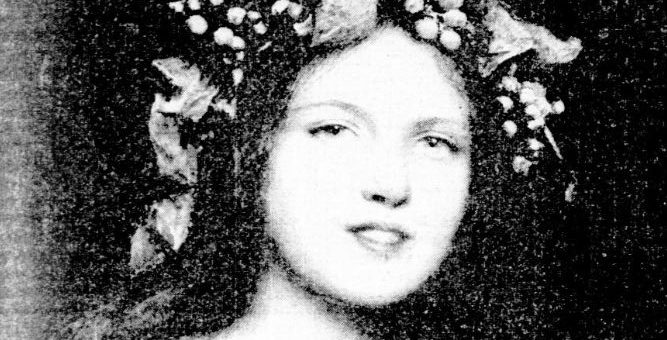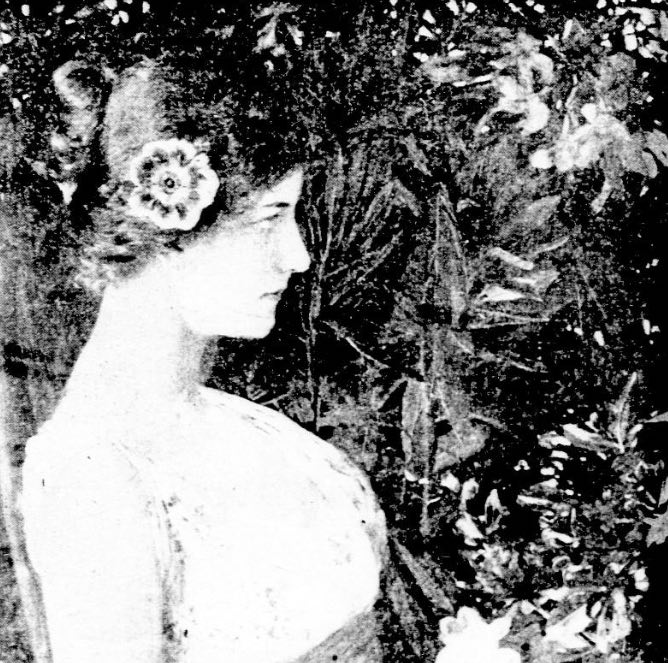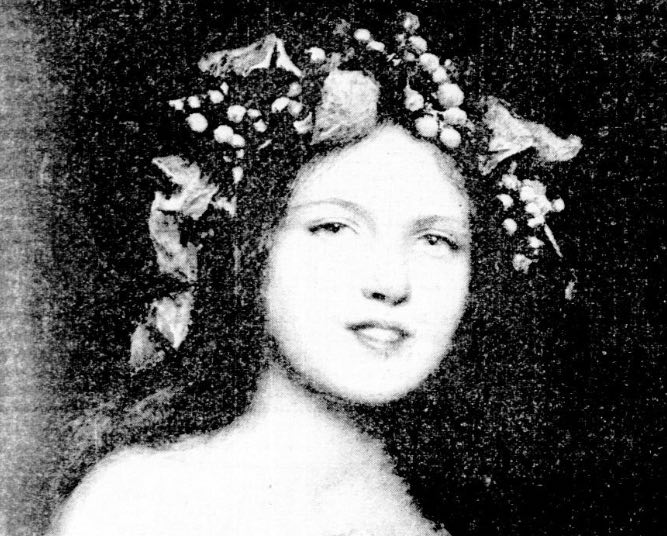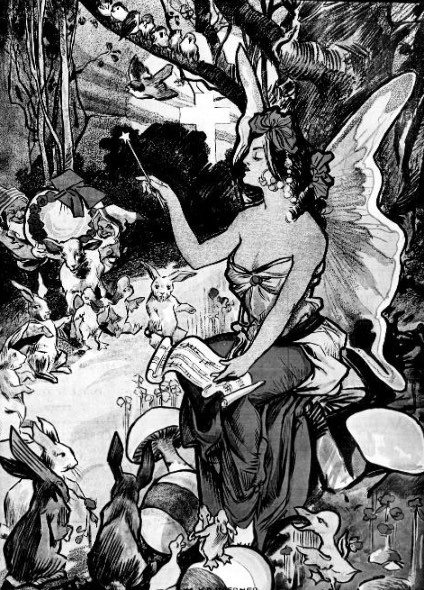
Books have been written on the origin of Easter and all of its symbolism. The article below was originally published in 1899, and it is a simple introduction to the symbolism of the Easter egg.
The Origin of the Easter Egg
The egg has always been held as a symbol of creation. According to Hinduism, the world existed as a huge egg with the power of creation within it.

The Chinese believed that the world was formed by the separation of an egg. From the center of it stepped out a human being, who, by a wave of his hand, formed the heavens out of the upper half of the shell and the earth out of the lower half.
The Japanese held that the egg included the germ of all things, a sort of modern evolution theory. When the egg burst, what was pure ascended and formed the heavens and what was impure descended and formed the earth.
Egyptian temples were filled with wings.

With the dawn of the Christian era the egg became a symbol of the resurrection. Hence Easter eggs.
One must go back to the Persians for their first observance of the egg day. Before their conversion to Islam, the Persians reckoned the beginning of their new year from the day in which the sun enters Aries, which is in March.
According to one of the ancient cosmogonies, all things were produced from an egg, hence called the Mundane Egg. This cosmogony was received in Persia and on this account there obtained, among the people of that country, a custom of presenting each other with an egg, the symbol of a new beginning of time, on every New Year’s Day – that is, on the day when the sun enters Aries.
The doctrine of the Mundane Egg was not confined to the limits of Persia, but was spread, together with the consequent practice of presenting New Year’s eggs, through various other countries.
Now among all these changes the custom of giving an egg at the sun’s entrance into Aries has continued. The egg has also continued to be held as a symbol, and the sole alteration is the prototype. At first it was said to be the beginning of time and now it is called the symbol of the resurrection. One sees, therefore, what was the real origin of the Easter egg of the Greek and Roman churches.
There is an old English proverb on the subject of Easter eggs – namely: “I’ll warrant you an egg for Easter.” In some parts of England, notably in the north, the eggs are colored by means of dyeing drugs, in which the eggs are boiled. These eggs are called “paste” eggs, also “pace” and “pasche,” all derived from “pascha” – Easter.

The Germans have a lovely custom of hiding the Easter eggs on Easter eve, under the bushes and in the thickest tufts of grass; if the weather is unpropitious, they secrete them in nooks about the house, and the children have a merry time in finding them in the early Easter morn.
According to the legend that goes with this custom, the Easter eggs are laid by a hare; and in virtue thereof, a tiny hare made of pasteboard or confectionary, and filled with bonbons, is frequently found sitting upright in the hidden nests in the midst of the eggs, a number of which are choice confections, or of pure sugar.
The legend of the hare is said to have originated from a little child who, seeking his Easter eggs, saw a hare spring from near the nook where his eggs were hidden, and who exclaimed: “Now I know what lays my Easter eggs.”
Probably one of the most beautiful Easter eggs of modern times was one presented to an infant of Spain a few years ago. The gospel of Easter day was inscribed on the inside of the shell, which was polished until it was as clear as glass.
Source: The Saint Paul globe. (St. Paul, Minn.), 02 April 1899.

